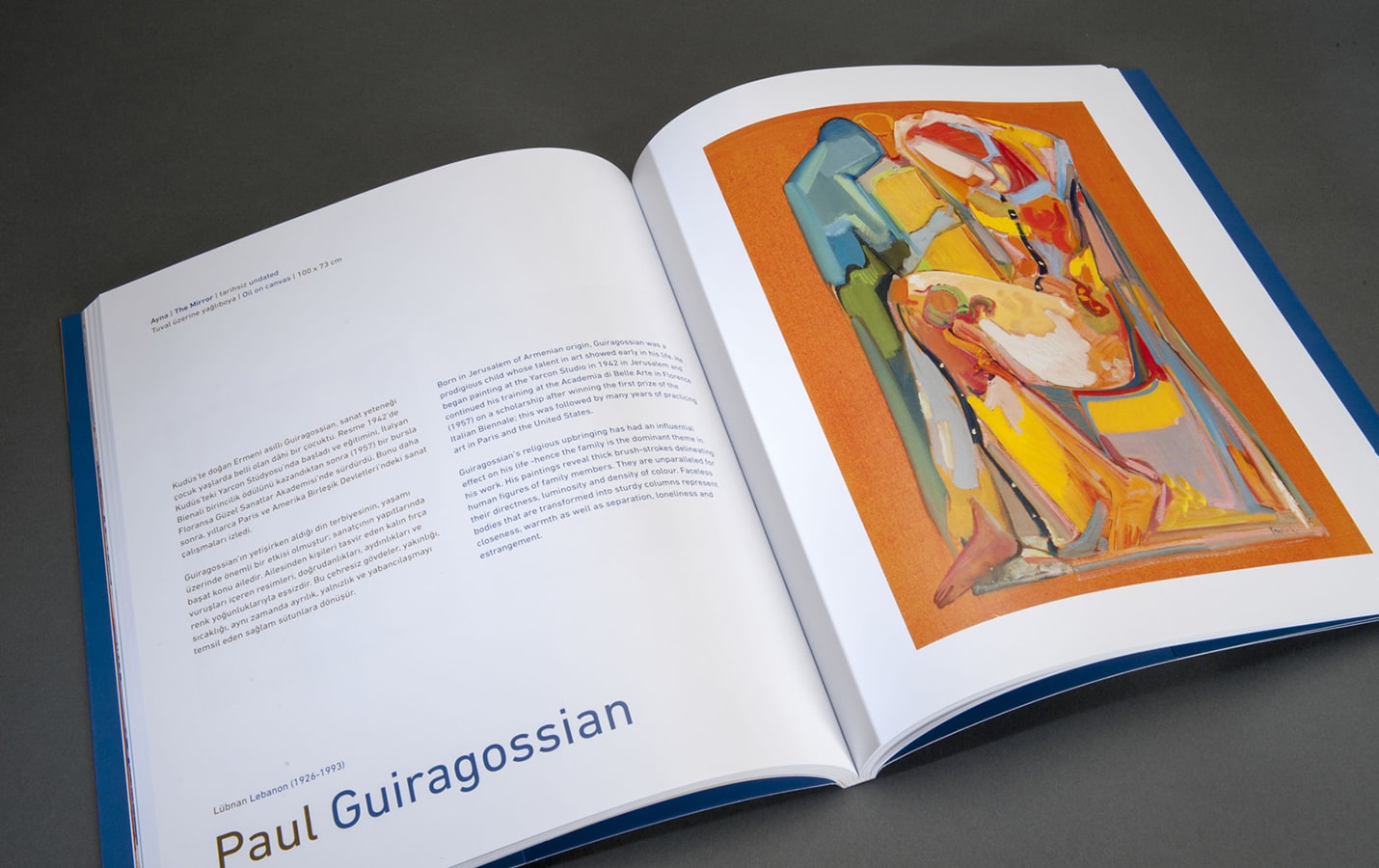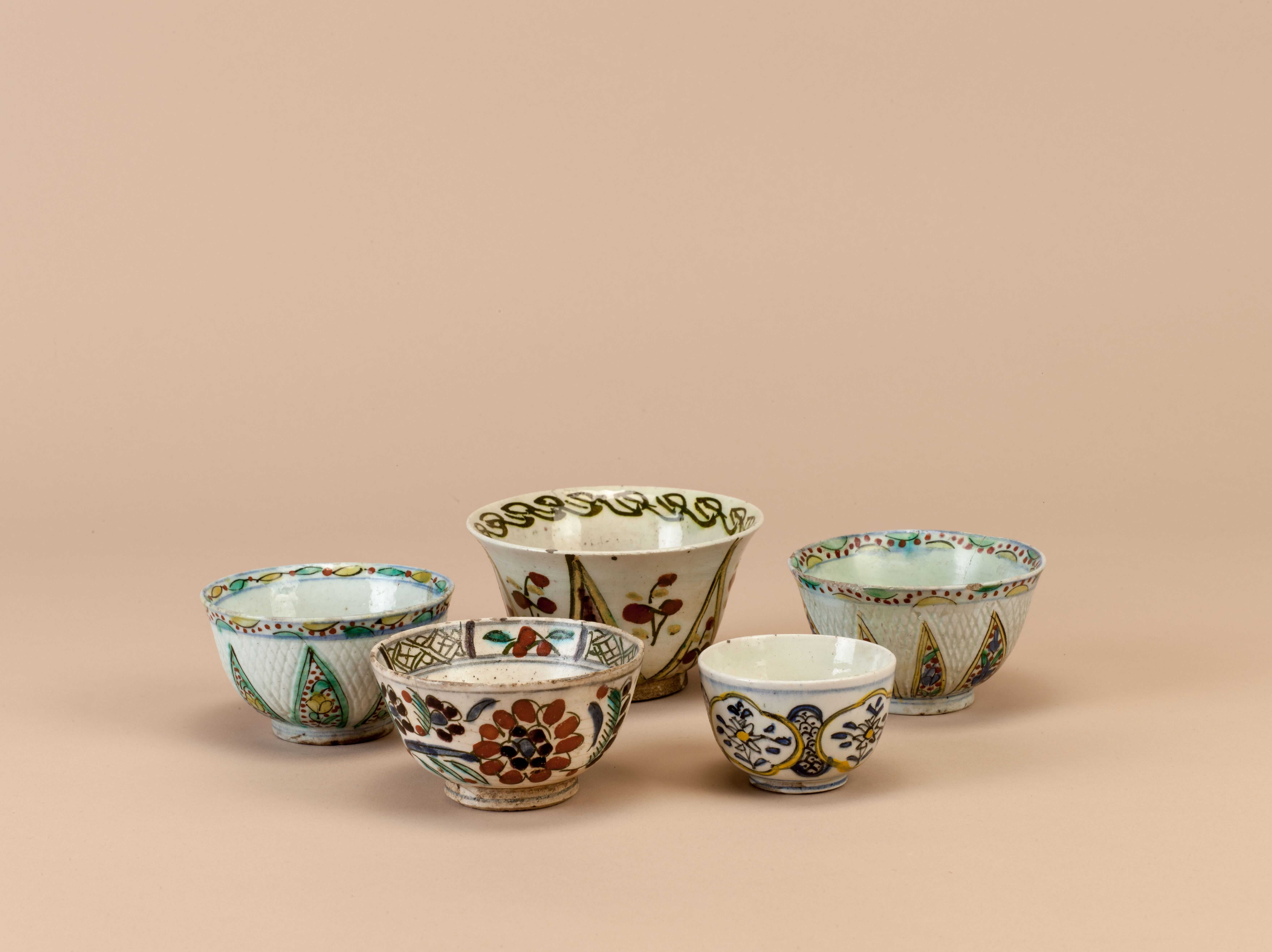January 25 - April 21, 2013
The result of our collaboration with the Jordan National Gallery of Fine Arts and comprising modern and contemporary works of various artists from Arab countries around the Mediterranean, the exhibition Between Desert and Sea: A Selection from the Jordan National Gallery of Fine Arts was hosted by Pera Museum.
The works of artists from Algeria, Egypt, Jordan, Lebanon, Morocco, Palestine, and Tunisia reflect the questions posed by the artists between past and present; between creativity and the real world. The exhibition presented the styles of different generations and the new tendencies in Arab art through paintings, drawings, engravings, ceramics, statues, and installations.
Founded in Amman in 1980 to focus on contemporary Arab art, the Jordan National Gallery of Fine Arts boasts one of the most important collections in the Middle East, containing over 3000 works by artists from Muslim and Arab countries, as well as those from Asia, Africa, Europe, America, and Oceania.
Artists: Shafic Abboud, Yousef Abdelke, Nawal Abdullah, Farghali Abdel Hafiz, Sabhan Adam, Inji Aflatoun, Rafik Al-Kamel, Mustafa Ali, Rajwa Ali, Hachimi Azza, Baya, Farid Belkahia, Omar Bilbeisi, Kamal Boulata, Chaouki Choukini, Saliba Douaihy, Muhanna Durra, Ali Omar Ermes, Aicha Filali, Abdelaziz Gorgi, Paul Guiragossian, Mahmoud Hammad, Adam Henein, Ali Jabri, Khalid Khreis, Rachid Koraichi, Hussein Madi, Suleiman Mansour, Fateh Moudarres, Hamed Nada, Ahmad Nawar, Nazih Oweis, Nizar Sabour, Ahmed Sabri, Ismail Shammout, Laila Shawa, Nabil Shehadeh, Awad Shimi, Gouider Triki, Wijdan, Omar Youssufi, Elias Zayat, Fahrelnissa Zeid, Hazem Zu’bi
Exhibition Catalogue

In collaboration with the Jordan National Gallery of Fine Arts, the exhibition Between Desert and Sea comprised modern and contemporary works of various artists from Arab countries around...
Video

Coffee was served with much splendor at the harems of the Ottoman palace and mansions. First, sweets (usually jam) was served on silverware, followed by coffee serving. The coffee jug would be placed in a sitil (brazier), which had three chains on its sides for carrying, had cinders in the middle, and was made of tombac, silver or brass. The sitil had a satin or silk cover embroidered with silver thread, tinsel, sequin or even pearls and diamonds.

1638, the year Louis XIV was born –his second name, Dieudonné, alluding to his God-given status– saw the diffusion of a cult of maternity encouraged by the very devout Anne of Austria, in thanks for the miracle by which she had given birth to an heir to the French throne. Simon François de Tours (1606-1671) painted the Queen in the guise of the Virgin Mary, and the young Louis XIV as the infant Jesus, in the allegorical portrait now in the Bishop’s Palace at Sens.
Tuesday - Saturday 10:00 - 19:00
Friday 10:00 - 22:00
Sunday 12:00 - 18:00
The museum is closed on Mondays.
On Wednesdays, the students can
visit the museum free of admission.
Full ticket: 300 TL
Discounted: 150 TL
Groups: 200 TL (minimum 10 people)